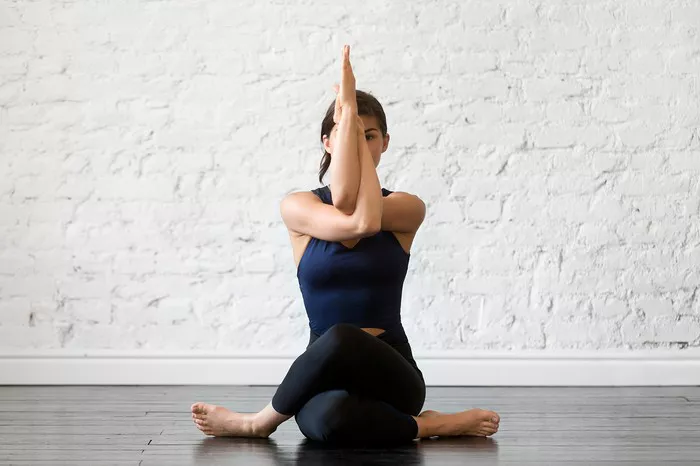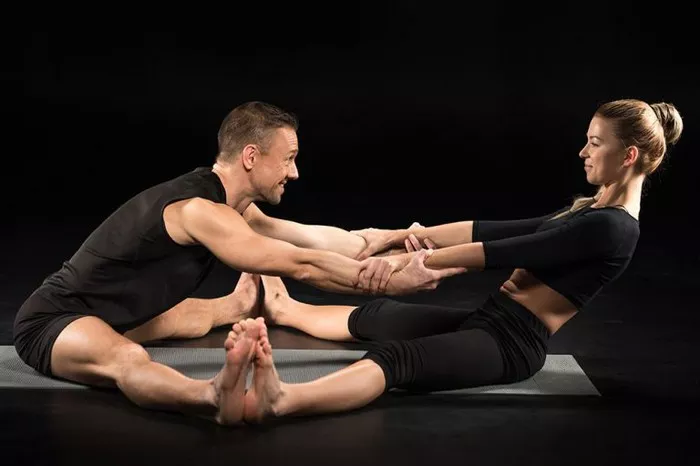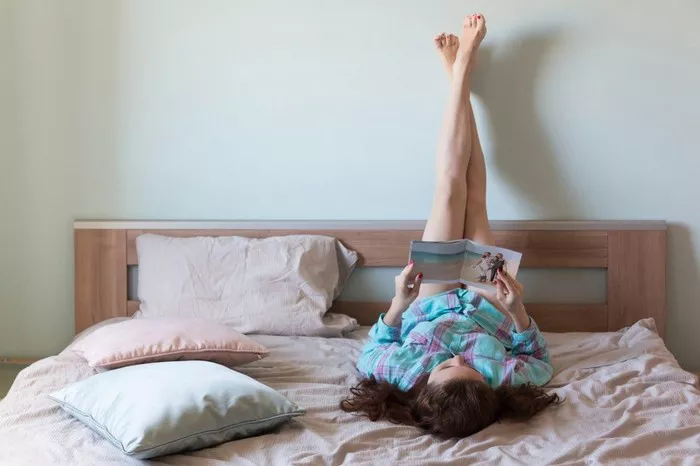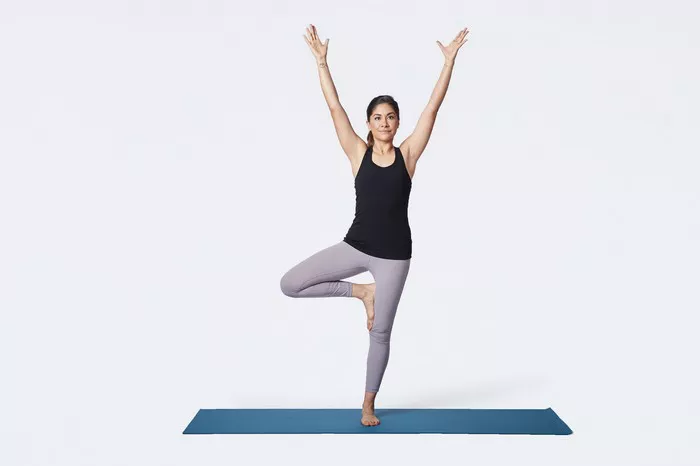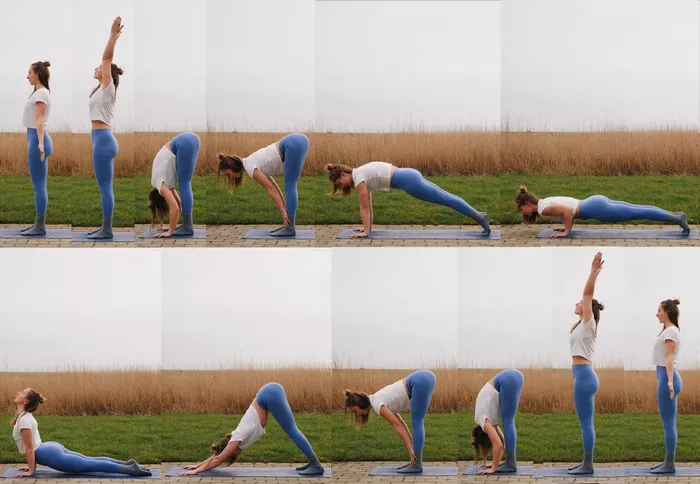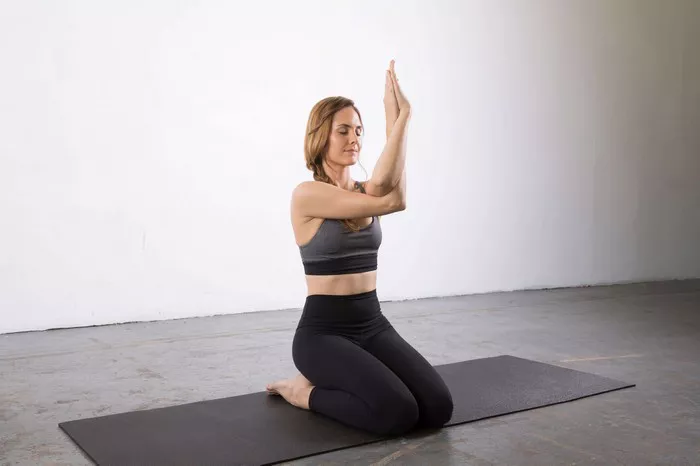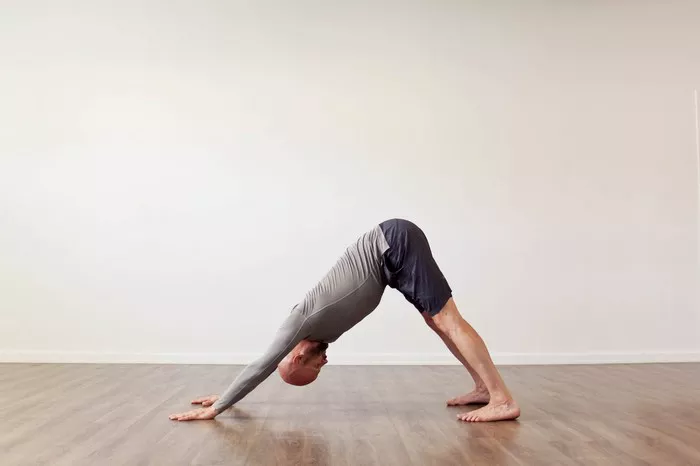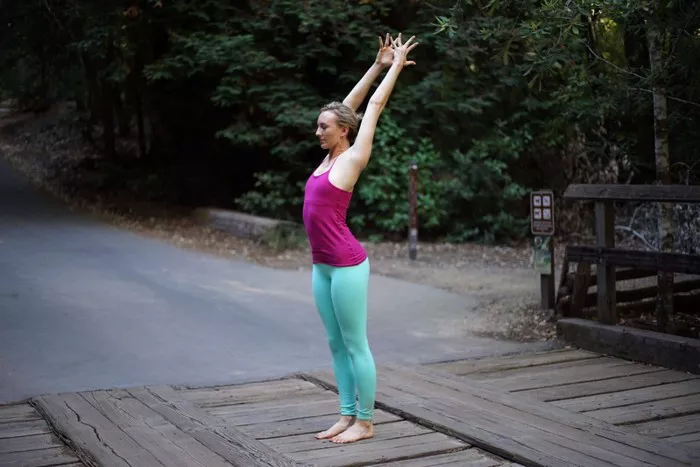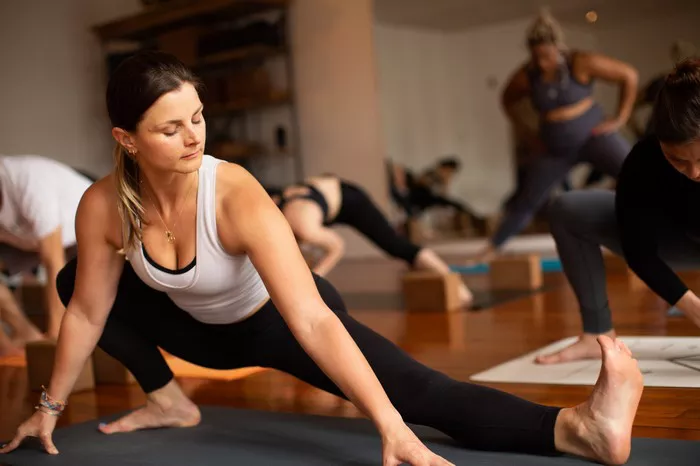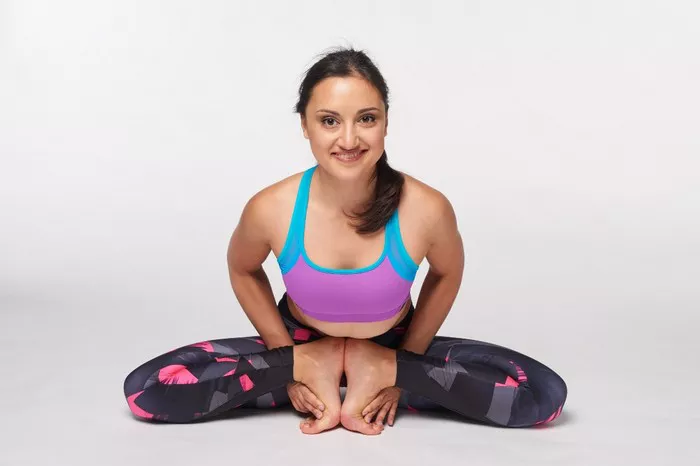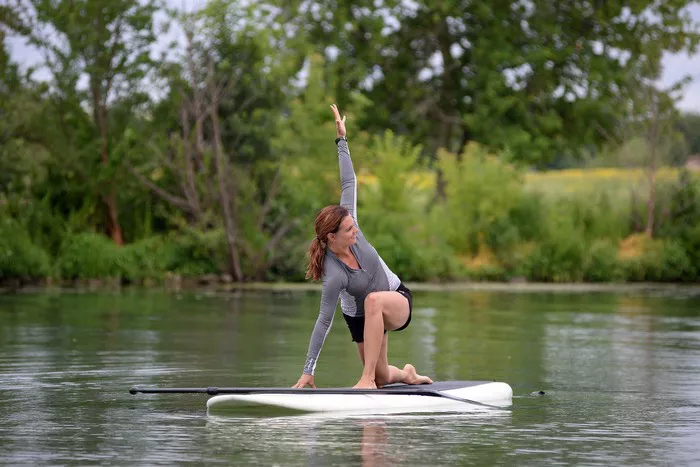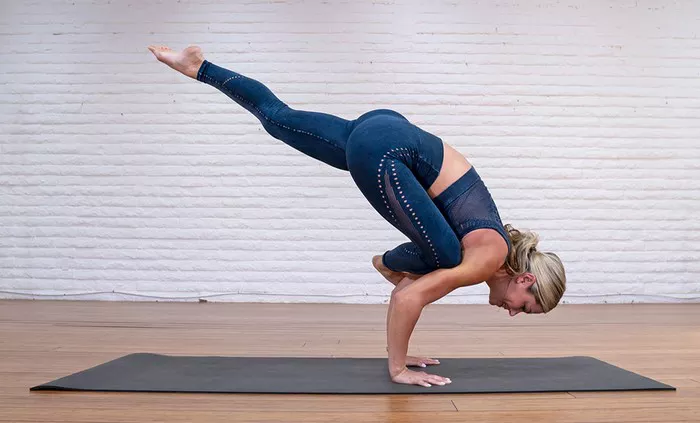Lower back pain is one of the most common health complaints globally. It affects people across various age groups and can stem from poor posture, sedentary lifestyles, injuries, or degenerative diseases. The pain may range from a dull ache to sharp, stabbing sensations that limit mobility. Addressing lower back pain early can prevent chronic discomfort and more serious spinal issues later in life.
One of the most important aspects of managing lower back pain is understanding its root cause. In some cases, the discomfort may be due to muscle imbalances, spinal misalignment, or tightness in surrounding muscles such as the hamstrings or hip flexors. Identifying the specific cause is critical in determining the most effective treatment plan, which often includes physical therapy, exercise, or lifestyle changes.
The Role of Yoga in Pain Relief
Yoga has been widely studied and recognized for its benefits in promoting flexibility, strength, and stress reduction. For individuals with lower back pain, yoga offers a non-invasive and cost-effective approach to symptom management. Many yoga poses gently stretch and strengthen muscles that support the spine, encouraging better posture and reducing muscular tension.
When practiced consistently and correctly, yoga can help realign the body and reduce the likelihood of recurring back issues. It also improves body awareness, allowing practitioners to detect and correct poor movement patterns that contribute to discomfort. However, it’s crucial to approach yoga cautiously and consult with a healthcare provider, especially when dealing with existing back pain.
Introduction to the Downward Dog Pose
Downward Dog, known in Sanskrit as “Adho Mukha Svanasana,” is one of the most recognized poses in yoga. It resembles an inverted V-shape, with hands and feet on the ground and hips lifted toward the ceiling. This pose stretches the hamstrings, calves, spine, and shoulders while building strength in the arms and legs.
This foundational yoga pose appears in many styles of yoga, including Hatha, Vinyasa, and Ashtanga. It is often used as a transition between poses and can be held for varying lengths of time depending on the practice level. Despite its popularity, Downward Dog may not be suitable for everyone, particularly those with certain injuries or health conditions.
Benefits of Downward Dog for the Lower Back
- Spinal Decompression: One of the primary advantages of the Downward Dog pose is its ability to create space between the vertebrae. This mild inversion uses gravity to gently elongate the spine, which can relieve pressure on compressed discs and improve spinal alignment.
- Stretching Tight Muscles: Tight hamstrings and calves often pull on the lower back, exacerbating pain. Downward Dog stretches these muscle groups, alleviating tension and promoting greater range of motion.
- Strengthening Support Muscles: Holding the pose engages the core, shoulders, and legs, building stability in the muscles that support the spine. This strength can prevent further injury and improve overall posture.
- Promoting Circulation: The inverted position enhances blood flow to the brain and spine, delivering oxygen and nutrients that support healing and reduce inflammation.
- Improving Posture and Body Awareness: Regular practice helps develop better posture by encouraging proper alignment. It also heightens proprioception, or the body’s sense of position in space, which is key to avoiding movement patterns that strain the back.
Potential Risks and Considerations
While Downward Dog offers numerous benefits, it may not be suitable for everyone with lower back pain. Specific conditions, such as herniated discs, severe sciatica, or spinal stenosis, may worsen with improper practice. In such cases, the pose can increase pressure on sensitive areas and exacerbate symptoms.
- People with wrist, shoulder, or neck issues should modify the pose or avoid it entirely.
- Incorrect form, such as rounding the spine or locking the knees, can shift pressure to the lower back and cause more harm than good.
- Beginners may need to adapt the pose using props such as yoga blocks or by bending the knees to maintain proper alignment.
Consulting a physical therapist or certified yoga instructor familiar with therapeutic practices is essential. They can provide modifications and ensure that the pose is performed safely, particularly when dealing with specific medical conditions.
Step-by-Step Guide to Performing Downward Dog Safely
- Starting Position: Begin on your hands and knees in a tabletop position. Ensure that your wrists are directly under your shoulders and your knees under your hips.
- Tuck the Toes: Curl your toes under and gently lift your knees off the mat, straightening your legs as much as your flexibility allows.
- Lift the Hips: Raise your hips toward the ceiling to form an inverted V-shape. Focus on elongating the spine rather than forcing the heels to the floor.
- Engage Core Muscles: Slightly draw in your abdomen to support the lower back and avoid sagging.
- Adjust the Hands and Feet: Spread your fingers wide and press evenly through your palms. Your feet should be hip-width apart with heels gently pressing toward the mat.
- Maintain Alignment: Keep your ears aligned with your upper arms and avoid collapsing through the shoulders.
- Breathe Deeply: Hold the pose for five to ten breaths, maintaining a steady inhale and exhale.
Regular practice, combined with mindful breathing, can enhance the benefits and safety of the pose.
Modifications for Individuals with Lower Back Pain
- Use Yoga Blocks: Placing your hands on blocks can reduce the intensity of the stretch and make it more accessible.
- Bend the Knees: Slightly bending the knees can relieve tension in the hamstrings and reduce the strain on the lower back.
- Wall Support: Performing a modified version against the wall provides additional support and helps ensure proper form.
- Shorter Duration: Holding the pose for shorter intervals minimizes fatigue and reduces the risk of compromising posture.
- Resting Child’s Pose: Alternating with Child’s Pose offers the spine a chance to rest and recover during practice.
These modifications can be especially beneficial for beginners or those in the early stages of recovery from back pain.
Integrating Downward Dog into a Therapeutic Routine
For best results, Downward Dog should be incorporated into a balanced routine that addresses all major muscle groups. A holistic approach may include:
- Gentle warm-ups to prepare the body
- A sequence of yoga poses that target core stability, flexibility, and balance
- Breathwork to enhance relaxation and focus
- Cool-down stretches to support recovery
Practicing under the guidance of an experienced yoga therapist can ensure that the routine supports rather than aggravates your back condition.
Expert Opinions and Clinical Studies
Research and expert opinion support the use of yoga, including Downward Dog, for managing lower back pain. A 2017 study published in the Annals of Internal Medicine found that a structured yoga program was as effective as physical therapy for chronic low back pain. Experts from the American College of Physicians also recommend yoga as a first-line treatment for non-specific lower back pain.
However, clinical evidence emphasizes the importance of proper instruction and individualized programs. Poor technique or inappropriate poses can lead to injury rather than relief. Experts advise that yoga should be part of a broader treatment strategy, including physical therapy, strength training, and lifestyle modifications.
When to Avoid Downward Dog
Certain scenarios may call for avoiding Downward Dog altogether. These include:
- Acute back injuries or inflammation
- Severe disc herniation or spinal stenosis
- Uncontrolled high blood pressure or glaucoma
- Recent wrist, shoulder, or neck surgery
In these cases, alternative poses like Cat-Cow, Sphinx Pose, or supported Bridge Pose may offer safer alternatives. Always consult a medical professional before beginning any new exercise program.
Conclusion
Downward Dog can be a valuable tool in alleviating lower back pain when practiced with attention, proper form, and suitable modifications. Its benefits in spinal decompression, muscle stretching, and posture correction make it a compelling option for those seeking natural pain relief.
However, the effectiveness of the pose largely depends on the individual’s condition and execution. Not all cases of lower back pain respond well to Downward Dog, and in some instances, it may need to be modified or avoided. A comprehensive approach that includes expert guidance, consistent practice, and medical consultation offers the best path toward long-term relief and spinal health.
Related Topics:

